In Denmark, the groundbreaking Nyt Hospital Nordsjælland project is a challenging and exceptional endeavor.
The project team, in a forward-thinking approach to risk management, has opted to incorporate Imerso’s cutting-edge AI technology. This innovation enables the early identification of quality issues during the construction phase.
Boasting an efficiency that is over 15 times greater than conventional quality inspections, this novel technique could potentially eliminate the need for costly rework, with NHN estimating savings worth 2% of the project’s overall budget.
The new NHN hospital building in Denmark
The Nyt Hospital Nordsjælland is a new hospital currently being constructed for the citizens of North Zealand, Denmark. The NHN hospital is owned by the Capital Region of Denmark, which is responsible for healthcare services, regional development, and public transport in the area.
Covering 123,000 square meters, this is one of the largest construction projects ongoing in the country. The hospital’s location in the wide Danish landscape has influenced the design of the building, making it a landmark building in the region.
The design by renowned architects Herzog & de Meuron marries two seemingly contradictory goals, the desire for a large central garden and the necessity for short internal connections. The result is an organic cross shape that permits the interior garden to become a flowing space.
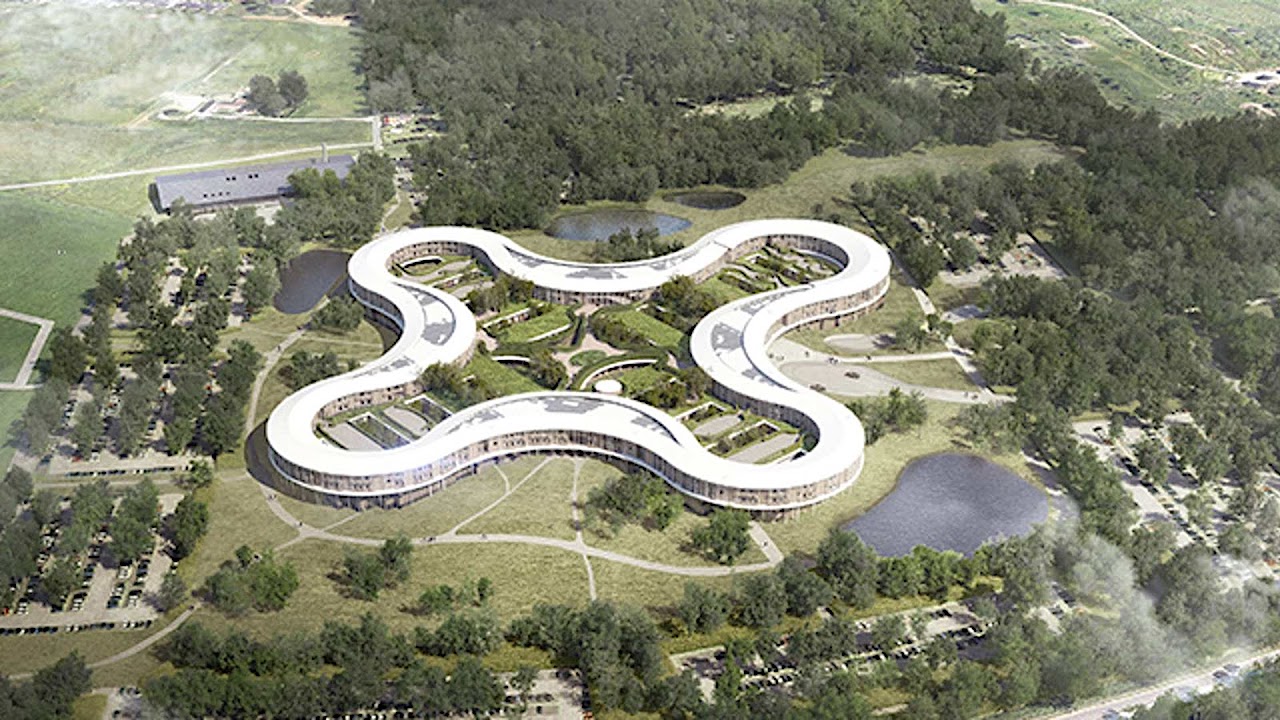
NCC, a construction and civil engineering company, is the main contractor for the construction of the NHN project. The construction started in December 2019, with the first patient expected to be received at the end of 2026.
With the ambition to counterbalance many external challenges, the project is betting on new-generation technologies to help drive work productivity and eliminate unnecessary costs.
The fundamental challenge of work monitoring
The construction sector is notorious for its lagging rates of work productivity and a deep reliance on outdated and inefficient practices.
As one of the world’s least digitized sectors, there is growing pressure for a modernization of the construction industry – and leading players are taking notice, already exploring novel ways of working through digital workflows.
One of the major challenges in every construction project is the lack of accurate and current documentation of what has actually been built so far (also known as As-Built documentation). In addition, this must be paired with a systematic way of tracking work quality and progress, able to efficiently identify and resolve issues on a frequent routine.
For years, the industry standard for this remains on using manual spot-check inspections with checklists and photos – slow, inaccurate, and subjective, while only covering a small portion of the total work.
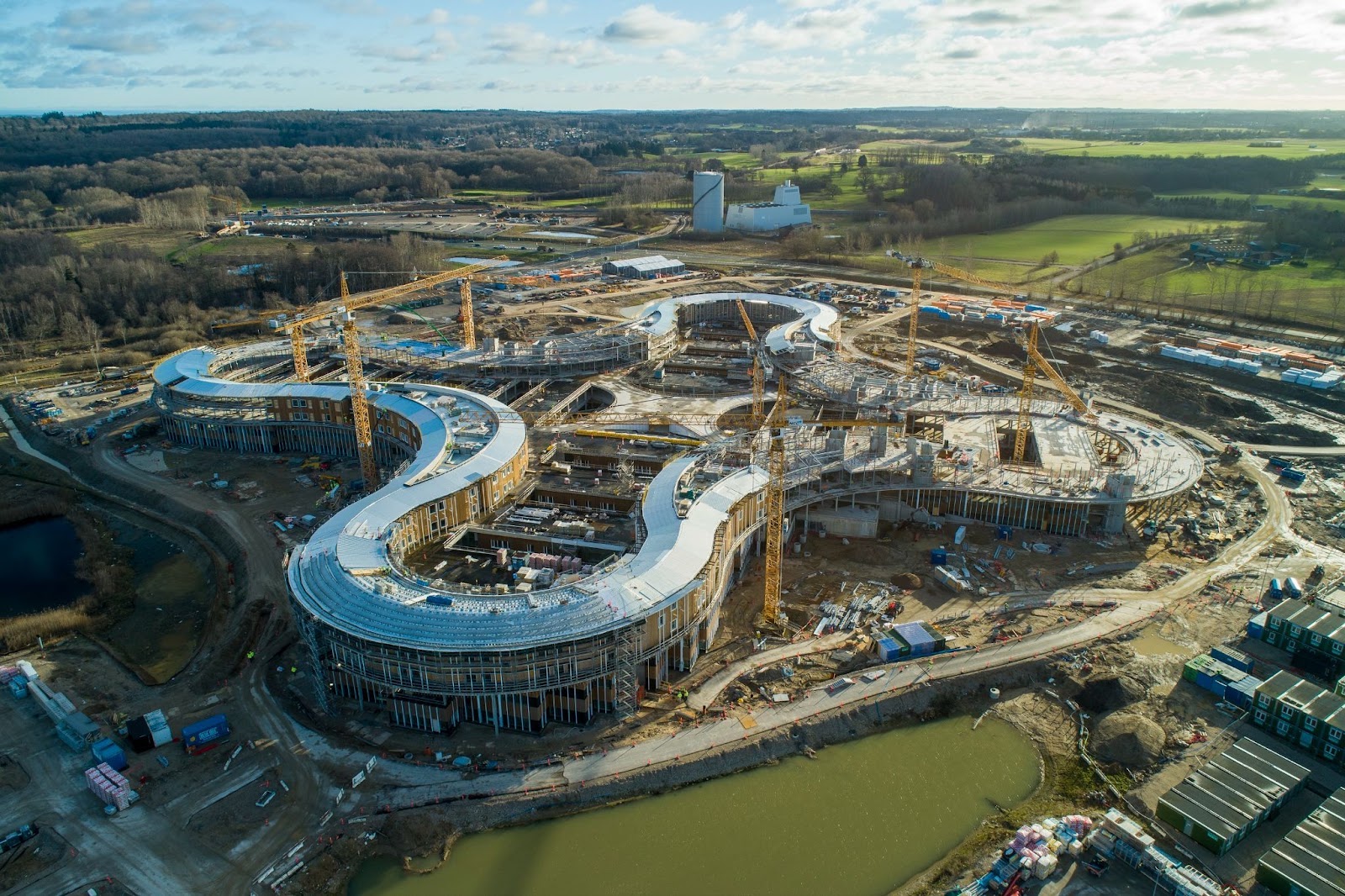

Without proper documentation and quality tracking, it can be extremely difficult to ensure that the building is being constructed according to the intended specifications and that all compliance measures are being followed. This typically leads to major challenges in keeping multiple teams coordinated and on the same page while leaving problematic deviations undetected until it’s too late. This results in costly mistakes and delays, resource waste, partner disputes, as well as potential safety hazards, whose negative impact to the project escalates rapidly the longer these remain overlooked.
“Site supervision is mostly based on trade-specific topics with a narrow focus on predefined sample areas, traditionally based on printed drawings and tape ruler measurements,” says NHN Project Leader Anders Kaas. “On a large hospital project like ours, this task is very time-consuming, with the high risk of critical items possibly being overlooked.”
The Capital Region of Denmark, which owns the NHN project and is responsible for project management, made a thorough market research and has turned to the Norwegian tech startup Imerso to help resolve this.
Closing the gap between the plans and the field
Imerso works in three steps to monitor the As-Built reality against the planned construction specifications.
The first step is to upload the project BIM building plans, which serve as the performance targets that Imerso uses to check if everything is on track. The second step is to capture the As-Built reality using Imerso’s 3D simple scanning process, which enables the onsite teams to frequently capture the site status fast and with millimeter precision – without the need for training or any complicated processes and preparing the area with target markers. Just point and shoot.
“Using Imerso to apply 3D scanning as a fast and less-biased method, both efficiency and the number of construction elements covered increased significantly,” says Anders.
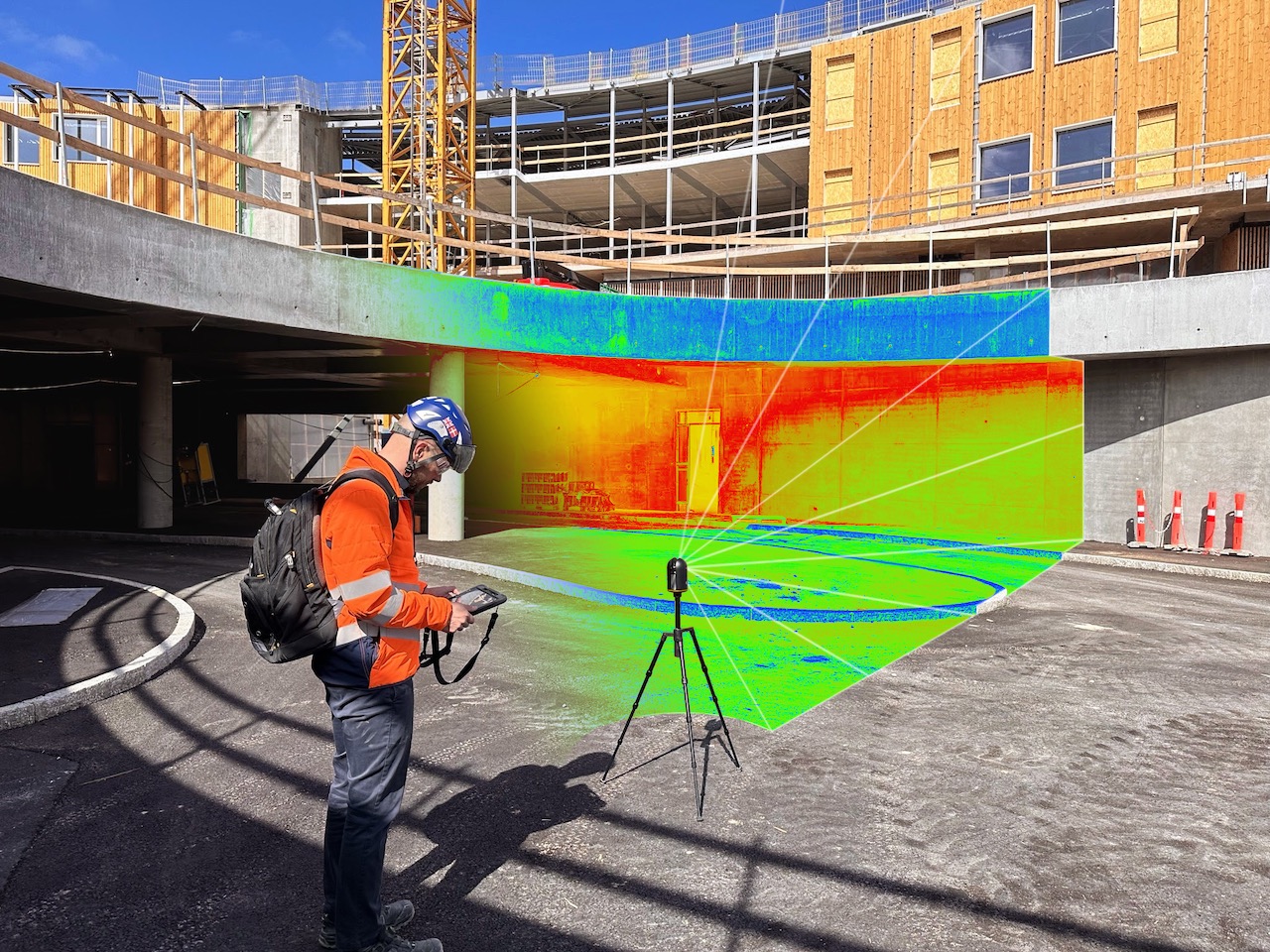

The third step is to review the automatic inspection results in the Imerso platform. This provides reports for verifying completed work alongside early alerts of deviations that can be easily solved before turning into costly issues and delays.
Combining AI with 3D scanning and BIM, the Imerso system makes the entire process seamless and automated for the first time, with results in delivering within hours or mere minutes. All data can then be shared with responsible teams in a shared online environment.
The approach combines several tasks into one single workflow that would be impossible to achieve through manual methods: frequent and accurate As-Built documentation of every construction stage across the entire site, Quality Control and early issue detection, along with work status and progress supervision.


Digital progress control
In October 2021, the Capital Region of Denmark purchased a 3D laser scanner to use with Imerso. The initial business case expected a target cost-savings of 4x times the total price of the software and scanning equipment used during the project.
These savings were expected to stem from three main target areas: a reduction in construction claims for work errors, more efficient site supervision efforts, and more efficient creation of As-Built documentation.
The construction team implemented the routine in several processes and was able to rapidly demonstrate the value of this new source of data – and the requests for more scanning kept growing.
According to Anders, “The fact that Imerso enables any of us to 3D scan an area in the morning and have a full analysis available to review after lunch is really improving the way we approach quality or interface issues. Using 3D scanning on a daily basis like this was not possible before”.
Unprecedented efficiency
One immediate improvement was seen in a higher efficiency to monitor the site status. The process to inspect a large number of elements onsite, accurately document any deviation, and make this information available to other project members has been drastically shortened.
By comparing the speed of the new approach to traditional methods, it was found that Imerso’s method is 15 times more efficient at monitoring the site status while needing less than 10% of the resources of traditional methods and delivering much higher-quality information.
Checked in 65 days, what would take an entire team over a year.
It would take an entire team more than a year using traditional inspection methods to achieve the same number of verifications of onsite installations that Anders and a couple of interns achieved in 65 days.
“Besides the measurable benefits from a risk perspective, we see that having a broad view on quality assurance also has a positive effect on the amount of rework, and therefore creating a more motivating working environment,” says Anders.
Over DKK 40 million saved from avoided rework and increased productivity.
Catching errors before they happen
After 16 months, the Imerso software has already prevented 440 issues of mixed severity through their early detection, giving the project teams full context and details for a swift resolution before the problems escalate.


Cost-savings per detection range wildly from a few thousand DKK to several hundred thousands. This depends on the type of error, the disciplines involved, and the detection timing.
From analyzing a wide sample of cases, the NHN team estimates a conservative cost-saving average of DKK 100.000 per avoided issue (industry studies place this between DKK 100.000 and 130.000).
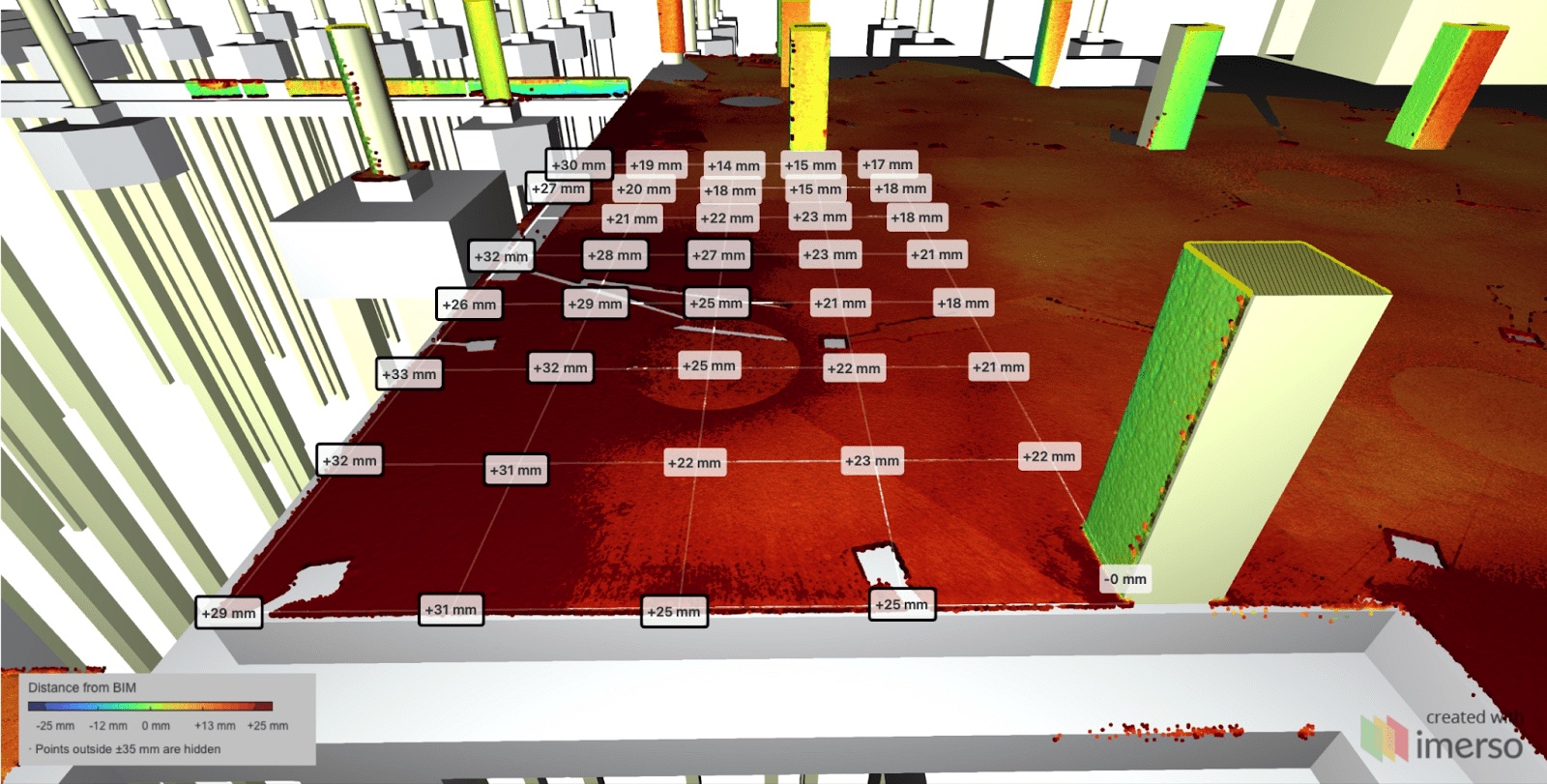

“Instead of using the tool as a punishment tool for the contractor, we have set up a collaborative organization with the contractors and consultants, where possible issues are discussed and further qualified in the site office,” says Anders.
“This is done in a controlled environment, several months before the issue potentially results in a negative impact on-site, often affecting budget or time schedule.”
In little over one year of using the new tool, and with still years to reach project completion, the NHN team estimates that so far the new approach has saved the project over DKK 40 Million, which the project would have incurred in the form of construction rework, delays, waste, and worker productivity if using traditional alternative methods.
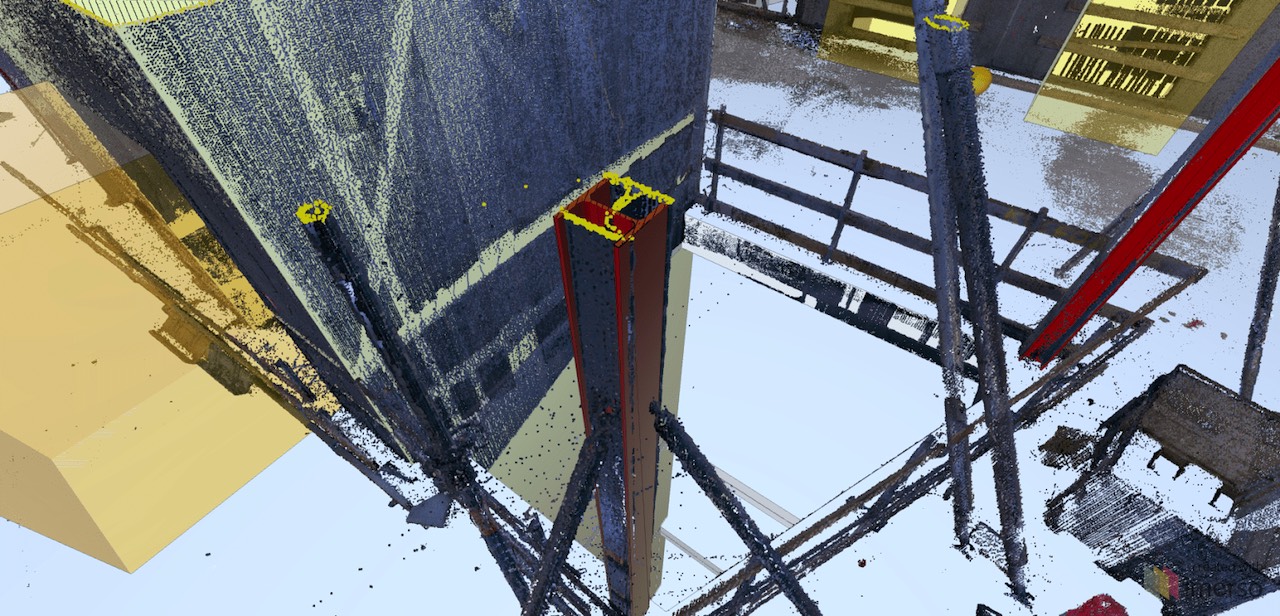

Accurate documentation of every step
By making 3D scanning as simple as taking a photo, the system enables the NHN teams to capture every stage of the project with high-accuracy data, without the need for complicated workflows or costly third-party services.
NHN estimates that Imerso’s approach is 53 times faster at creating As-Built documentation, with orders of magnitude in better detail and quality, using less than 2% of the resources that traditional approaches need.
53x faster and more accurate vs traditional methods
< 2% of the resources.
With more recent scanners like the new BLK360 G2 scanner from Leica Geosystems – the documentation speed will further improve by 5x.
Beating the target expectations
According to Anders, “Deciding to implement Imerso’s 3D scanning process during the ongoing construction phase did challenge the traditional way of working and brought initial skepticism. But after seeing the results and benefits, we now get weekly requests from all parties for new areas to explore with the technology.
On future projects, we have the opportunity to integrate technology like Imerso in the planning and contractual phase of the project so even more value can be achieved.”
With still years ahead of the completion of the project, the NHN construction team estimates the total impact from this new technology to have a cost-saving potential equivalent to 2% of the total construction budget – multiple times the success criteria initially expected for the software.
According to Frederico Valente, CEO and Founder of Imerso, “The way construction projects are managed today suffers hugely from a lack of updated and objective information about what’s actually happening out there in the jobsite.”
“We see a growing investment into better planning methods like BIM, but little into mechanisms to ensure those plans are actually carried out in reality. – says Valente. – We’re hugely proud of our collaboration with NHN and the results Anders and his team are achieving in this project, and their dedication to continuous improvement”.
Title photo credit: DronePixels.dk
About Imerso
Imerso is a software platform that combines BIM, Reality Capture, and AI technologies to automate construction site supervision and quality inspections with one simple workflow. The solution helps construction companies cut project risks and delay costs with real-time monitoring of site status and work quality.
About Nyt Hospital Nordsjælland
The Nyt Hospital Nordsjælland is a new hospital currently being constructed for the citizens of North Zealand, Denmark. The NHN hospital is owned by the Capital Region of Denmark, which is responsible for healthcare services, regional development, and public transport in the area.
View the original article and our Inspiration here

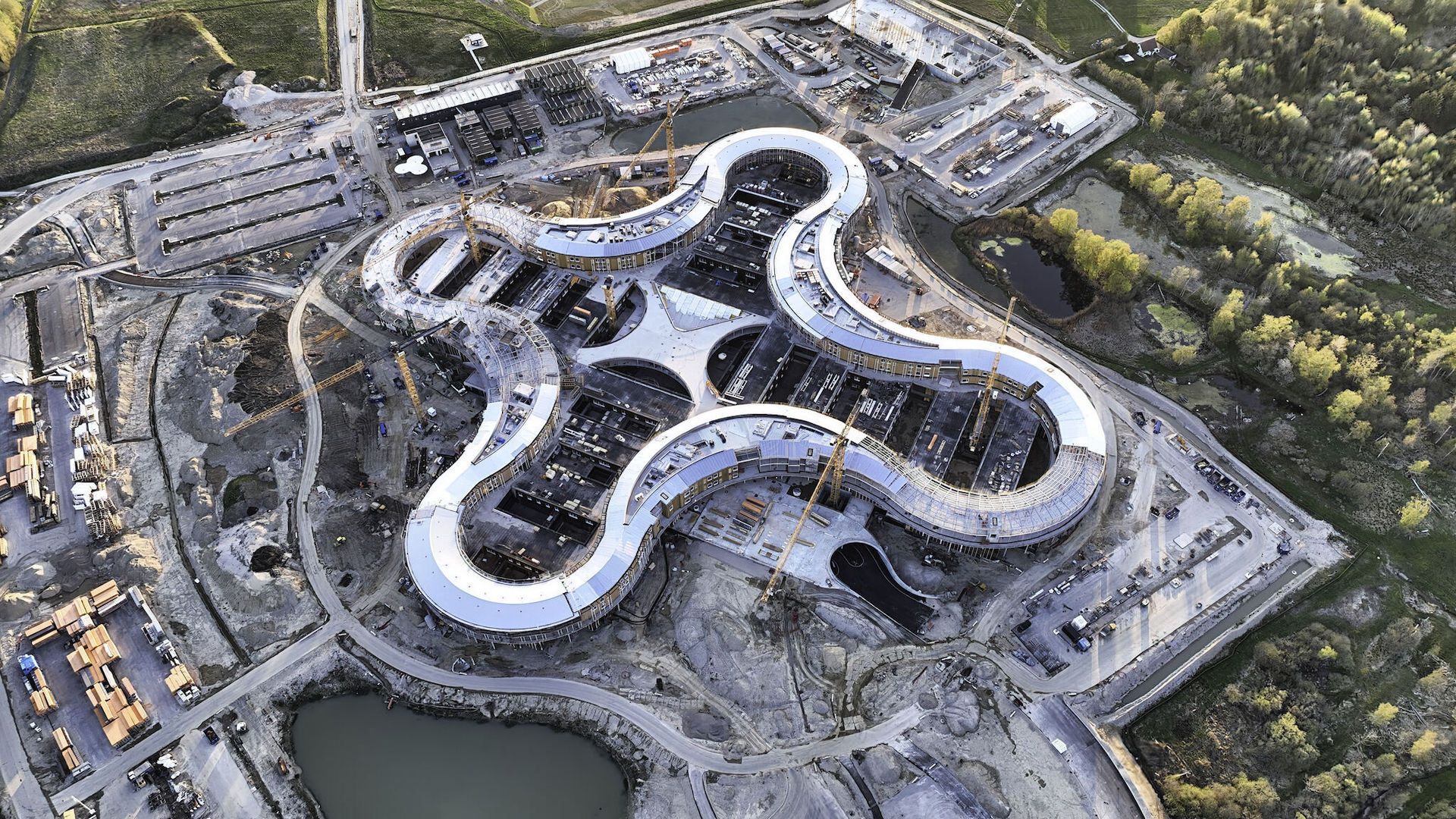
Leave a Reply